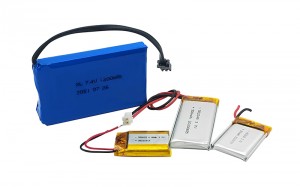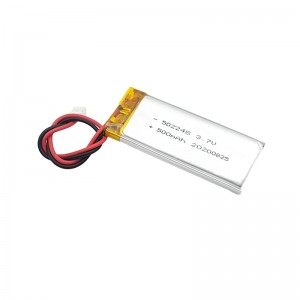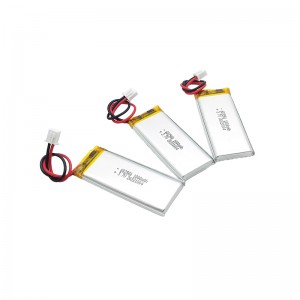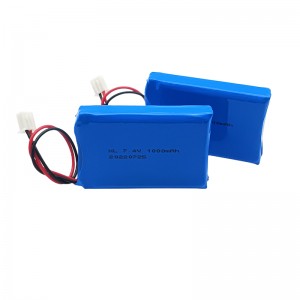Compared with other cylindrical and square batteries, flexible packaging lithium batteries are becoming more and more popular in use due to the advantages of flexible size design and high energy density. Short-circuit testing is an effective way to evaluate flexible packaging lithium batteries. This paper analyzes the failure model of battery short-circuit test to find out the main factors affecting short-circuit failure; analyzes the failure model by carrying out example verification under different conditions and gives proposals to improve the safety of flexible packaging lithium batteries.

Short-circuit failure of flexible packaging lithium batteries usually includes liquid leakage, dry cracking, fire and explosion. Leakage and dry cracking usually occur in the weak area of the lug package, where the aluminum package dry cracking can be clearly seen after the test; fire and explosion are more dangerous safety production accidents, and the cause is usually a violent reaction of the electrolyte under certain conditions after the aluminum plastic dry cracking. Thus, compared to the short-circuit test of flexible packaging lithium battery, the condition of the aluminum-plastic package is the key factor leading to failure.

In a short-circuit test, the open-circuit voltage of the battery instantaneously drops to zero, while a large current passes through the circuit and Joule heat is generated. The magnitude of Joule heat depends on three factors: current, resistance and time. Although the short-circuit current exists for a short period of time, a large amount of heat can still be generated due to the high current. This heat is slowly released in a short period of time (usually a few minutes) after the short circuit, resulting in an increase in battery temperature. As time increases, the Joule heat is mainly dissipated into the environment and the battery temperature begins to drop. Thus, it is presumed that the short-circuit failure of the battery generally occurs at the moment of short-circuit and in a relatively short period of time thereafter.

The phenomenon of gas bulging often occurs in the short circuit test of flexible packaging lithium battery, which should be caused by the following reasons. The first is the instability of the electrochemical system, i.e., the oxidative or reductive decomposition of the electrolyte caused by the high current passing through the interface between the electrode and the electrolyte, and the gas products are filled in the aluminum-plastic package. The gas production bulge caused by this reason is more obvious under high temperature conditions, because electrolyte decomposition side reactions are more likely to occur at high temperatures. In addition, even if the electrolyte does not undergo decomposition side reactions, it may be partially vaporized by Joule heat, especially for electrolyte components with low vapor pressure. The gas production bulge caused by this cause is more sensitive to temperature, i.e., the bulge basically disappears when the cell temperature drops to room temperature. However, regardless of the cause of gas production, the elevated air pressure inside the battery during short circuit will aggravate the dry cracking of the aluminum-plastic package and increase the probability of failure.

Based on the analysis of the process and mechanism of short-circuit failure, the safety of flexible packaging lithium batteries can be improved from the following aspects: optimizing the electrochemical system, reducing the positive and negative ear resistance, and improving the strength of the aluminum-plastic package. Optimization of the electrochemical system can be carried out from various angles, such as positive and negative active materials, electrode ratio and electrolyte, so as to improve the battery's ability to withstand transient high current and short-time high heat. Lowering the lug resistance can reduce the Joule heat generation and accumulation in this area and significantly reduce the heat impact on the weak area of the package. Improving the strength of the aluminum-plastic package can be achieved by optimizing the parameters in the battery manufacturing process, significantly reducing the occurrence of dry cracking, fire and explosion.
Post time: Apr-13-2023